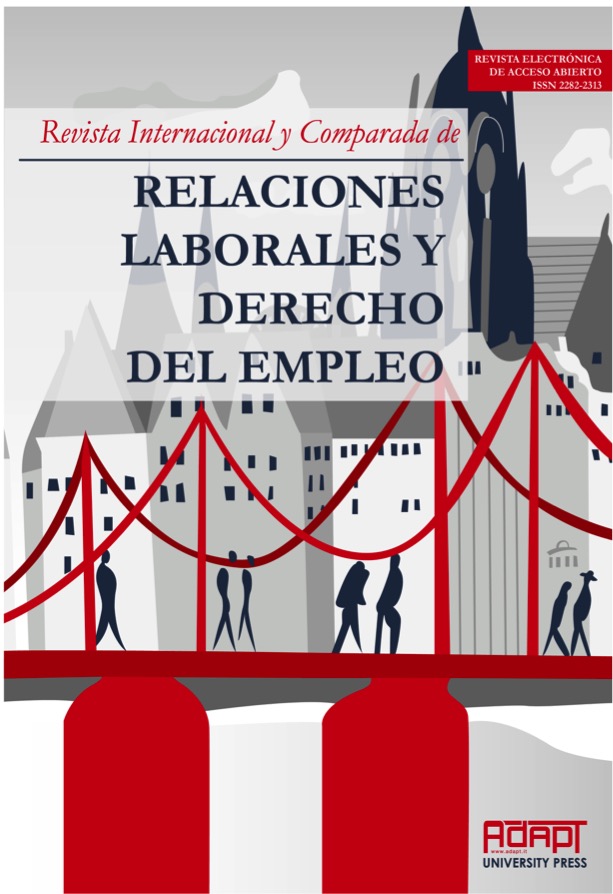Abstract
El embarazo y la lactancia natural son momentos en que las mujeres trabajadoras son especialmente vulnerables frente a ciertos riesgos presentes en el lugar de trabajo. Si bien la mayoría de las mujeres puede trabajar en esta etapa, deben tomarse medidas de protección especiales, que garanticen la prestación de servicios sin riesgo para la mujer, el feto o el lactante. Con ese objetivo, la normativa laboral ha establecido medidas de asistencia social y preventivas dirigidas a identificar los riesgos para el embarazo y la lactancia y adoptar medidas dirigidas a evitarlos. Este trabajo se centra en analizar la regulación actual dirigida a la protección de estas situaciones, señalando aquellas cuestiones que suscitan mayores problemas en la práctica y poniendo de manifiesto las debilidades que este sistema de protección presenta. Igualmente, se hará una referencia general a las medidas dirigidas a proteger las enfermedades femeninas, que han sido recientemente aprobadas en España.
Pregnancy and breastfeeding are times when working women are especially vulnerable to certain risks present in the workplace. Although most women can work at this stage, special protection measures must be taken to guarantee the provision of services without risk to the woman, fetus or infant. With this objective, labour regulations have established social assistance and preventive measures aimed at identifying the risks for pregnancy and lactation and adopting measures aimed at avoiding them. This paper focuses on analysing the current regulation aimed at protecting these situations, pointing out those issues that cause the greatest problems in practice and highlighting the weaknesses that this protection system presents. Likewise, a general reference will be made to the measures aimed at protecting female diseases, which have recently been approved in Spain.

